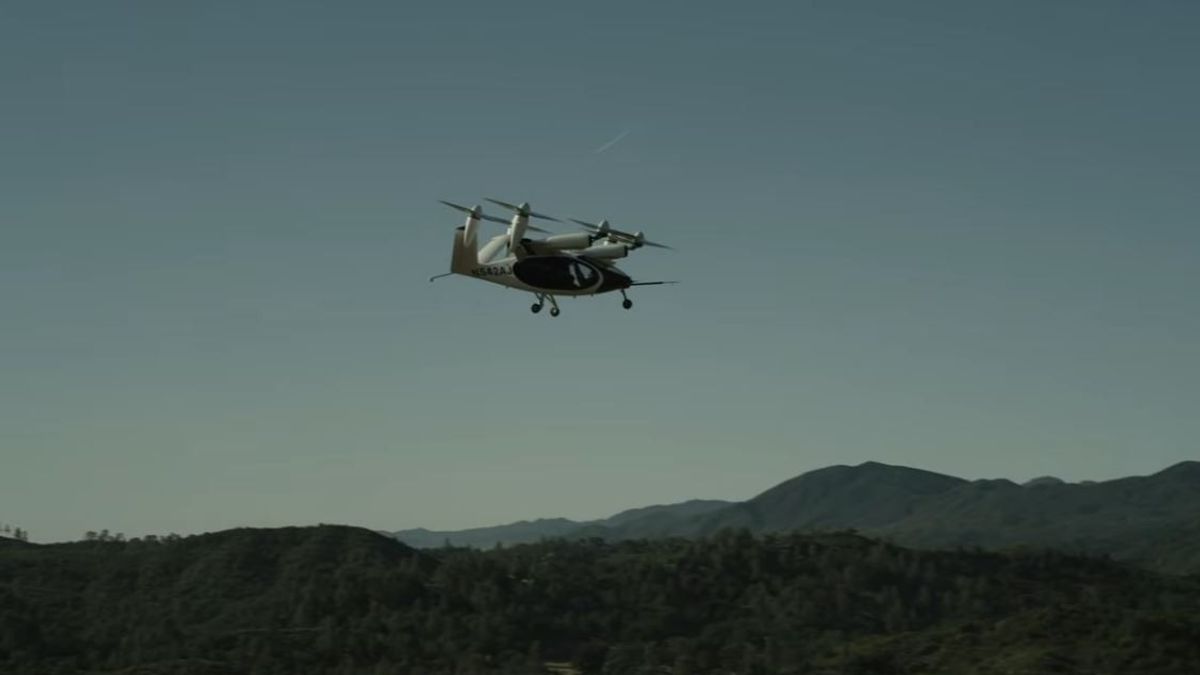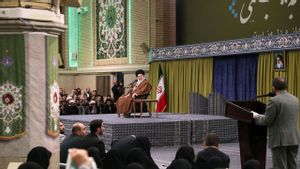JAKARTA - Winning electric air taxis has not yet become a real thing. However, a number of well-financed startups are starting to come out to change that. A leader among these industries is Joby Aviation, an electric aviation company based in Northern California. They've just posted an important video of their six-rotor plane, which successfully completed an impressive 150-mile flight.
This is one of the longest flights ever made by an electric plane. This is equivalent to a trip from Seattle to Vancouver, or Los Angeles to San Diego, or Jakarta to Cirebon,—the kind of regional travel that airlines make hundreds of times a day. This type of aircraft also replaces polluting aircraft with zero-emission aircraft. Aircraft like, Joby, could be a big step towards reducing CO2 emissions.
The company, which is backed by Toyota and recently acquired Uber's flying taxi division, said it plans to operate a full-scale air taxi service by 2024, including regional rides. The purpose of the 150-mile flight is to show how far its plane can fly on a single charge. This is to eliminate worries about the vehicle's range and battery. If you want to fly from New York City to Montauk, Joby wants to show you that it can get you there without running out of power.
"We have achieved something that many people thought was impossible with today's battery technology," JoeBen Bevirt, founder and CEO of Joby, said in a statement to the media. "By doing so, we've taken the first step towards making comfortable, emissions-free air travel between places like San Francisco and Lake Tahoe, Houston and Austin, or Los Angeles and San Diego a daily reality."
Instead of flying between two points, Joby's plane also flew the 14-mile loop 11 times for a total flight time of one hour 17 minutes. This is an impressive feat, given the challenges of electric aviation today.
The power-to-weight ratio is one of the biggest bottlenecks. Energy density, the amount of energy stored in a given system, is the key metric, and batteries don't currently contain enough energy to keep most planes from taking off. To weigh it: jet fuel gives us about 43 times more energy than a battery of the same weight.
But Joby said that his commercially available lithium-ion battery had been specially adapted for aerospace use.
The 811 NMC cathode and graphite anode cells were selected, after internal testing, to provide optimal trade-off between the specific energy required to fly the aircraft 150 miles, the specific power for vertical takeoff and landing and the lifecycle to provide affordable service. "We have shown in the lab that this battery is capable of more than the nominal 10,000 flight cycles we expect," said Bevirt.
The team that developed the Joby energy system was led by Jon Wagner, head of powertrain and electronics, who previously led battery engineering at Tesla.
This helped Joby start small with a five-seater vehicle. Higher capacity aircraft, will not appear, until the energy density in existing batteries is increased. But Joby had a financial buffer. They, recently went public through a reverse merger with a special acquisition company, or SPAC.
As part of the deal, Joby will get $1.6 billion in cash, which will be used to continue tweaking and perfecting the technology.
The English, Chinese, Japanese, Arabic, and French versions are automatically generated by the AI. So there may still be inaccuracies in translating, please always see Indonesian as our main language. (system supported by DigitalSiber.id)










